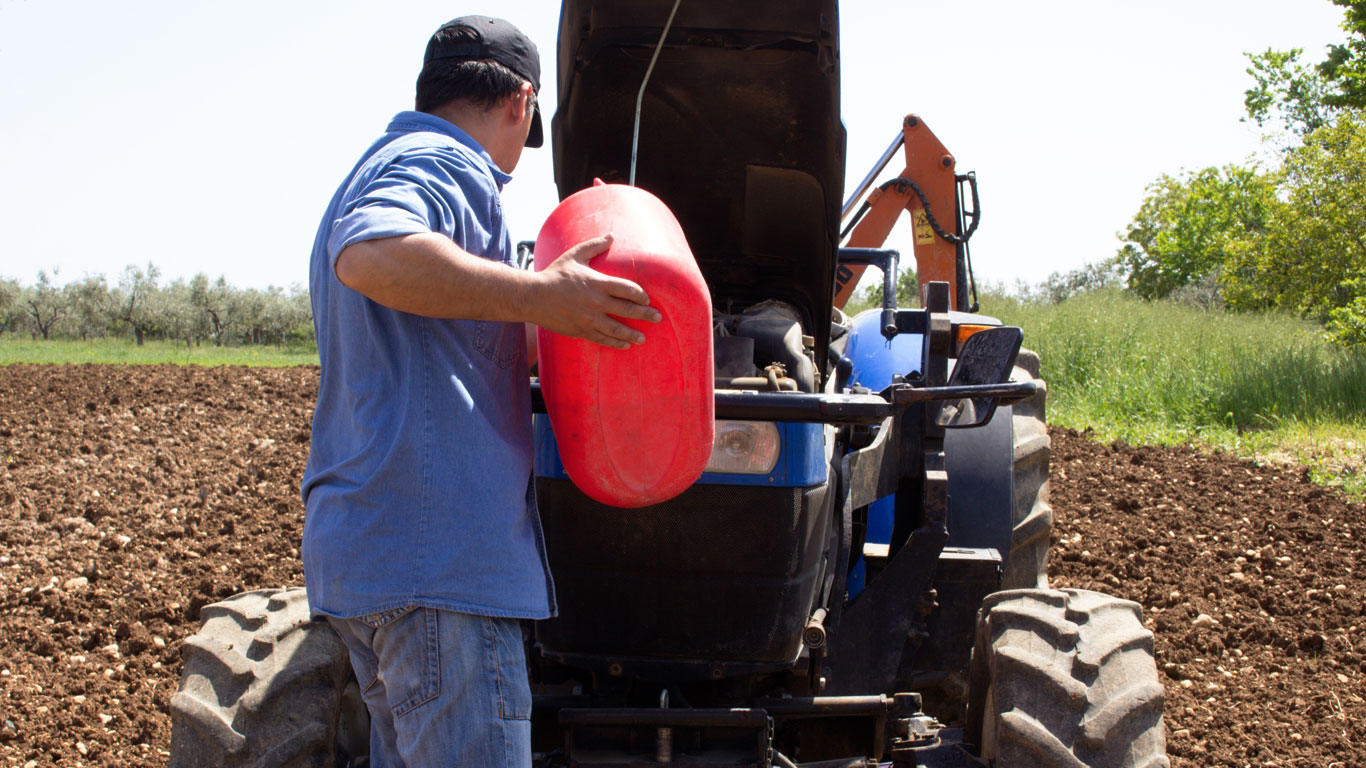
We’ve all experienced a rise in food prices over the past year, most recently a 10.1% year-over-year increase in October 2022.
Canadian farmers have also experienced a rise in production costs, as tracked by our Farm Inputs Price Index.
In the second quarter (April to June) of 2022, total input prices nationwide have risen by nearly one-fifth (+17.4%) from the same quarter a year ago—a movement much larger than the 4.5% year-over-year increase recorded in the first quarter.
There were some variations by province, and Prairie farmers saw the biggest increases: Saskatchewan (+21.5%), Manitoba (+19.6%) and Alberta (+19.2%). Farmers in the eastern provinces saw an average increase of 14.4%, while British Columbia farmers had the lowest increase among all provinces (+13.4%).
But no matter where a farm was, there was no escape from the increases in price for most inputs, especially the historic rise for two categories in particular.
Fertilizer and fuel
Prices paid by farmers for fertilizer were up by over four-fifths (80.8%) in the second quarter of 2022 compared with the second quarter of 2021. This was the largest yearly price increase among all inputs we tracked for that period.
It was also the largest year-over-year price increase for fertilizer since 2008, mainly because of global supply concerns magnified by the invasion of Ukraine by Russia, a major exporter of fertilizer and its key ingredients.
Domestic production of potash, the most produced fertilizer type in Canada, was up slightly for the 2021/2022 fertilizer year (July to June), compared with the previous year. Most other types saw a slight decline.
The invasion of Ukraine also factored into a jump in oil prices, and this, in turn, ignited a rise in fuel prices. The sticker shock was similar to that of fertilizer: farmers paid nearly four-fifths (+78.5%) more for machinery fuel in the second quarter of 2022 compared with the same quarter in 2021, and more than triple (+211.0%) the 16-year low seen in the second quarter of 2020, at the onset of the COVID-19 pandemic.
Prior to 2021, the largest yearly price increase for machinery fuel (+45.6%) was observed in the third quarter of 2008, amid the beginning of the global recession. Over the next two quarters, prices dropped by nearly half (-46.1%) before a gradual climb until 2014, followed by declines until 2016.
Machinery and supplies
Tractors, combines, elevators and other vehicles and machinery are not only expensive to acquire but also experience heavy wear and tear along with age.
Prices for machinery and motor vehicles were up by over one-fifth (20.4%) in the second quarter of 2022, compared with the same quarter in 2021.
Depreciation on machinery and motor vehicles was up 9.7% during the same period. Prices for machine repairs were also up (+3.5%).
Prices for twine (a lot is needed for wrapping hay bales!), wire and containers rose 15.2% during the same period.
Compared with fertilizer, prices for other crop-related inputs increased at a much slower pace. Commercial seed and plant prices were virtually unchanged (+0.6%), while those for pesticides rose 7.7%. Prices for production insurance, which covers some crop losses, rose 6.8%.
Livestock and feed
Prices for commercial feed for livestock were up by nearly one-third (29.8%) in the second quarter of 2022 compared with the same period in 2021, largely because of growing conditions and global supply issues for grain. The largest prior year-over-year gain was recorded in the third quarter of 1973 (+74.6%).
Prices for livestock purchases increased 3.0% on a year-over-year basis in the second quarter of 2022. However, they saw a slight decline (-0.9%) from the first quarter of 2016. From 2016 through 2021, there was a modest increase in some major livestock inventories on farms, such as cattle and calf, hogs and pigs, and chickens.
Shelter
Farmers paid 13.8% more for buildings in the second quarter of 2022 on a year-over-year basis, the largest yearly increase in this category since the third quarter of 1974 (+15.0%).
StatsCAN app
Download the StatsCAN app today to have these articles at your fingertips! Already using the app? Leave a review in the Apple App Store and Google Play and let us know what you think.
Contact information
For more information, contact the Statistical Information Service (toll-free 1-800-263-1136; 514-283-8300; infostats@statcan.gc.ca) or Media Relations (statcan.mediahotline-ligneinfomedias.statcan@statcan.gc.ca).
